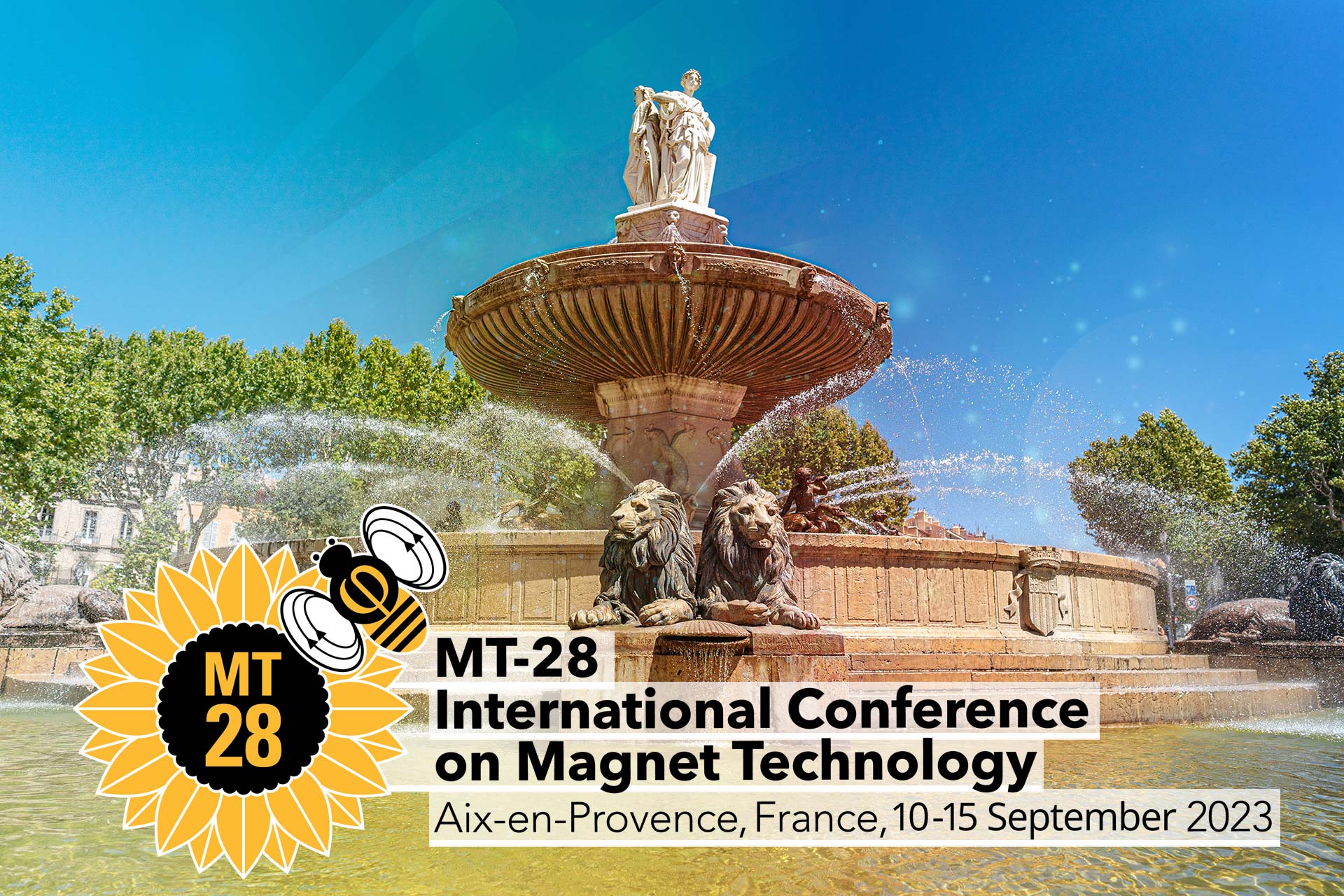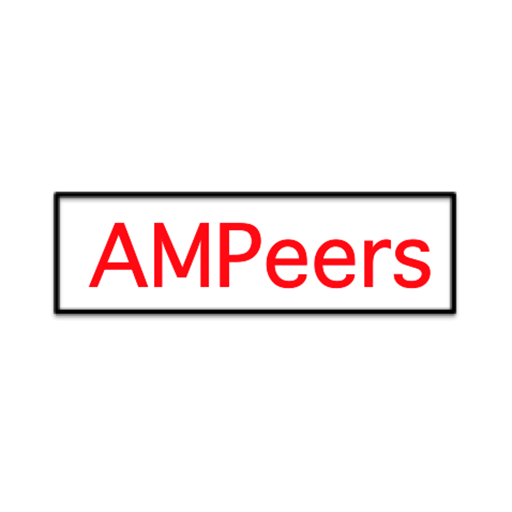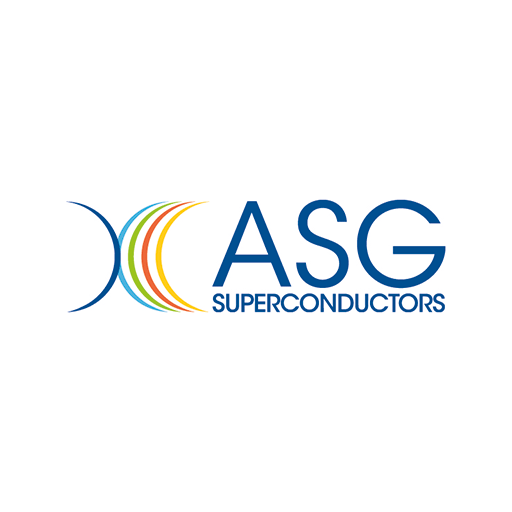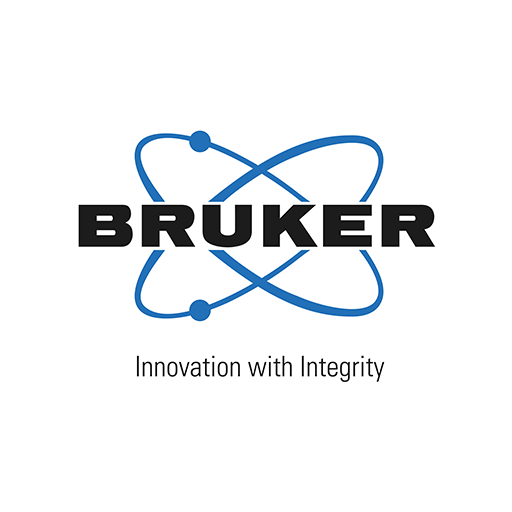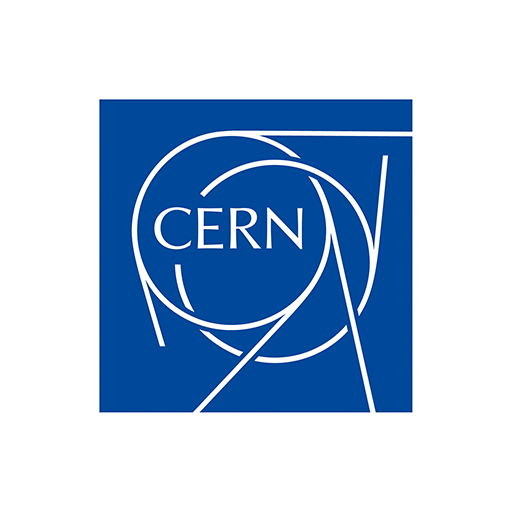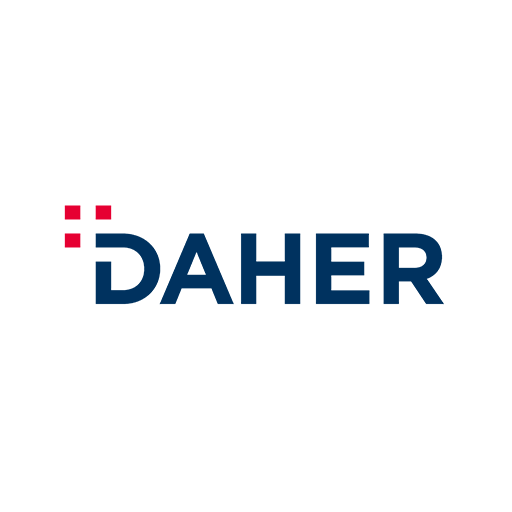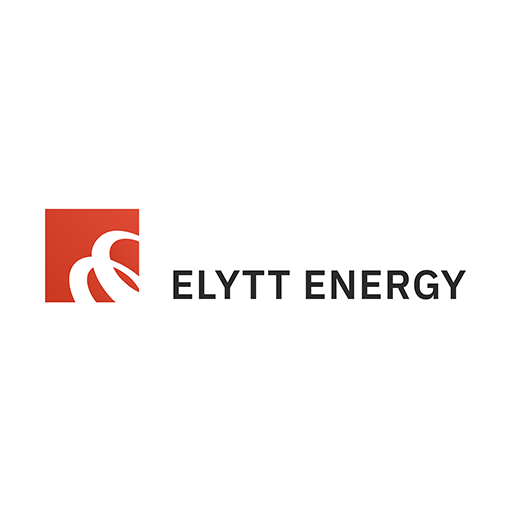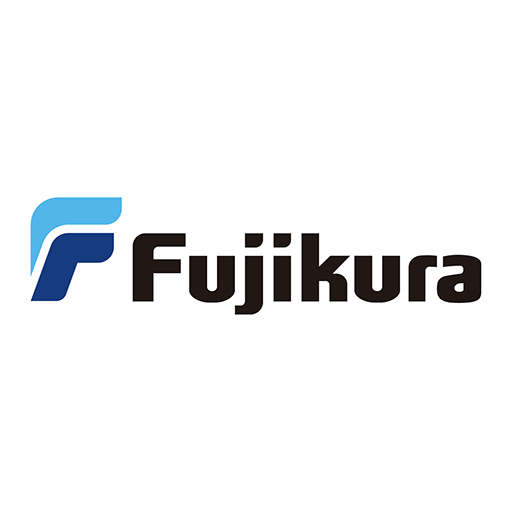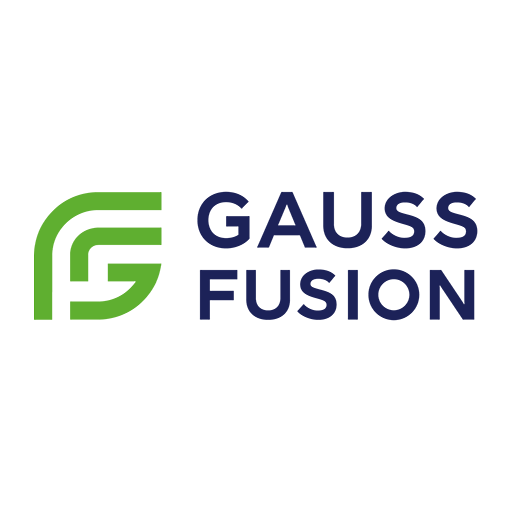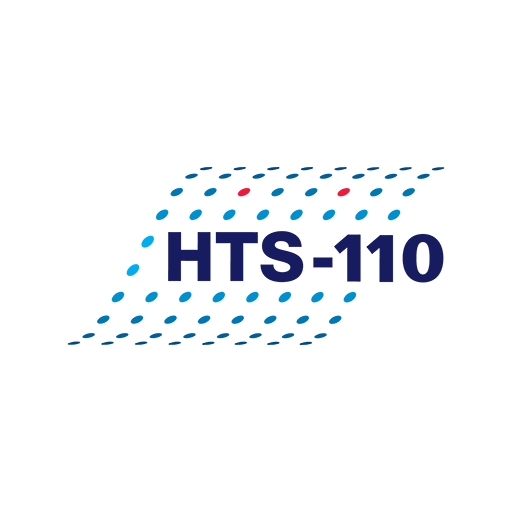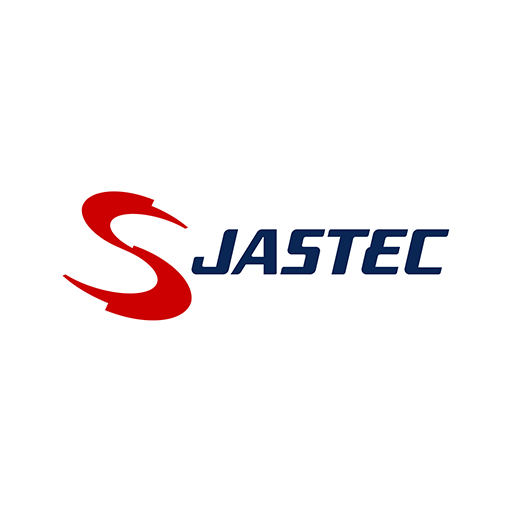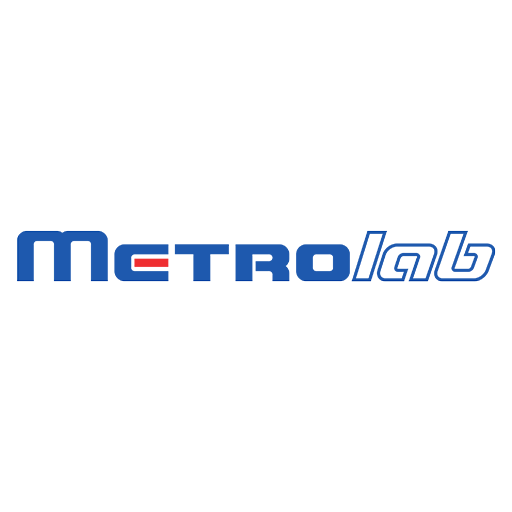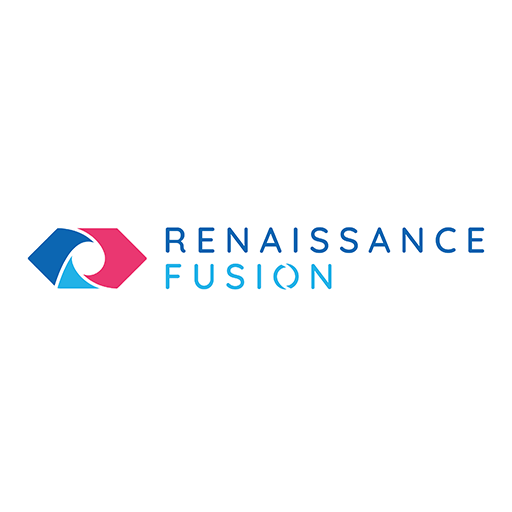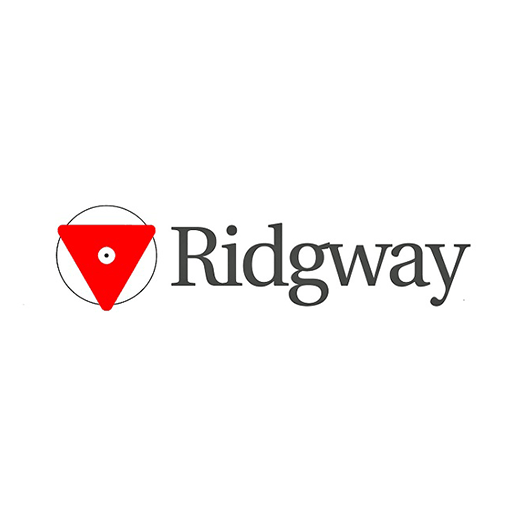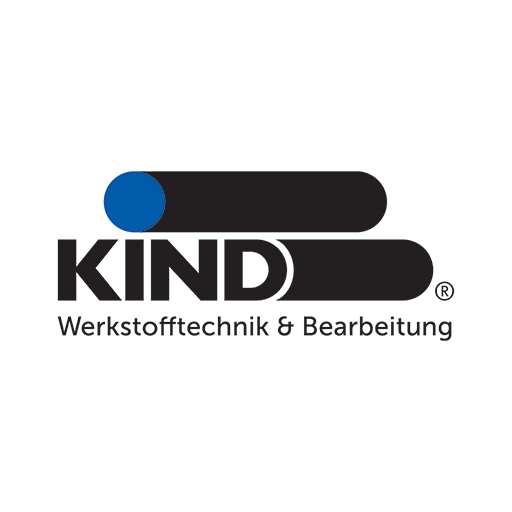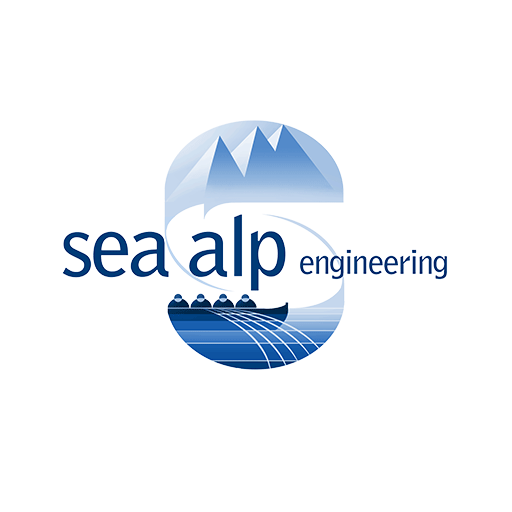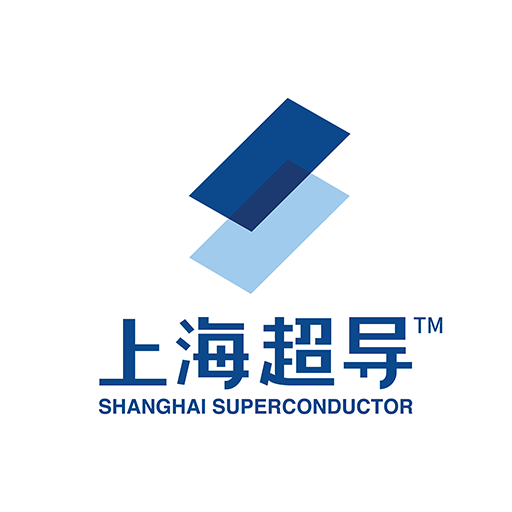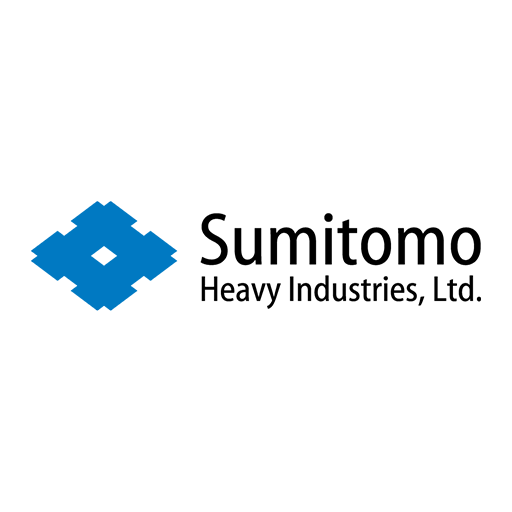Plenary Talks
1. ITER project status
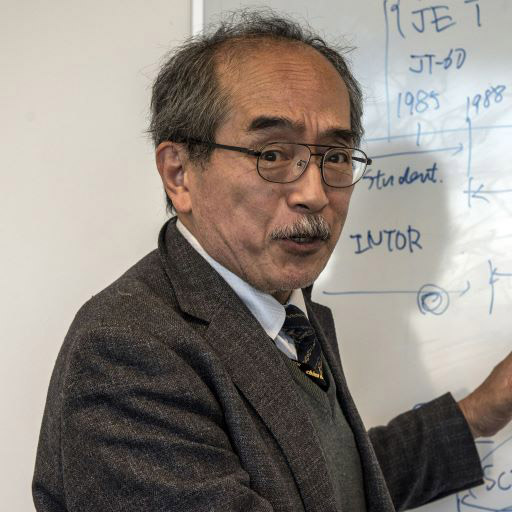
Yutaka KAMADA
Deputy Director General, ITER Organization
Yutaka Kamada obtained his PhD from Tokyo University in 1988 and joined the research staff of the JT-60 experiment that same year, rose to senior scientist in 1996, and was eventually appointed Japanese leader of the Europe-Japan JT-60SA fusion project (2008-2020) and Deputy Director General of the Naka Fusion Institute (2018).
Yutaka's direct involvement with ITER began in 1999 when he joined the International Tokamak Physics Activity (ITPA), whose Coordinating Committee he chaired between 2010 and 2013. His participation in the ITER Council Science and Technology Advisory Committee (STAC), which he chaired in 2016 and 2017, brought him even closer to the inner workings and decision-making process of the project, as did his role as Japan's representative to the ITER Council from 2019 to 2022.
Deputy Director General, ITER Organization
2. How superconducting technology can hasten carbon neutrality?
- What are to your opinion the key superconducting applications that will benefits to sustainability?
- What would be your impact estimation on carbon emission of one such application deployed at your nation scale?
- How to fasten these applications implementations worldwide?
- How to make visible superconducting applications as beneficial to sustainability?
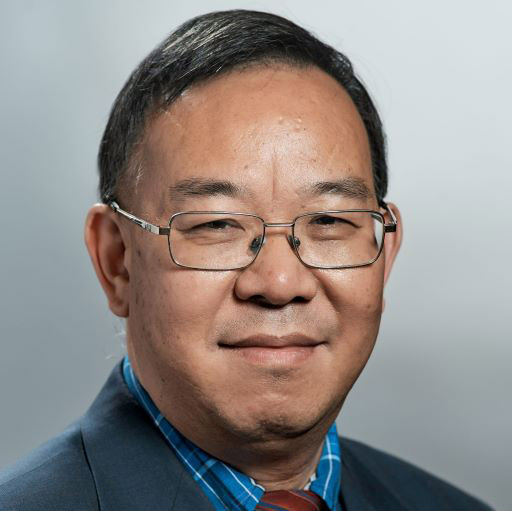
Liye XIAO
Professor, Institute of Electrical Engineering, Chinese Academy of Sciences
Prof. Liye XIAO has been working in the energy technology field for more than 20 years. Most of his research activities are related to superconductor applications in the energy and power industry. He lead to successfully build a 10kV superconducting power substation in 2011, and acted as the director of his institute during 2007-2017. Now he focuses his research on energy storage and power transmission grid for the zero carbon goal.
Professor, Institute of Electrical Engineering, Chinese Academy of Sciences
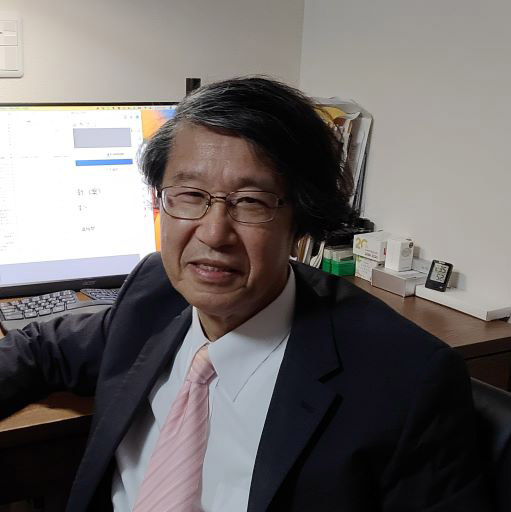
Sataro YAMAGUCHI
Designated Professor, Chubu University
Originally, Sataro YAMAGUCHI studied nuclear fusion. After joining Chubu University in 2001, he developed the Superconducting DC power transmission (SCDC) using high temperature superconductors (HTS), and constructed the 20 m, the 200 m SCDCs inside the university, and 1000 m and 500 m SCDC in Ishikari, Japan.
Designated Professor, Chubu University
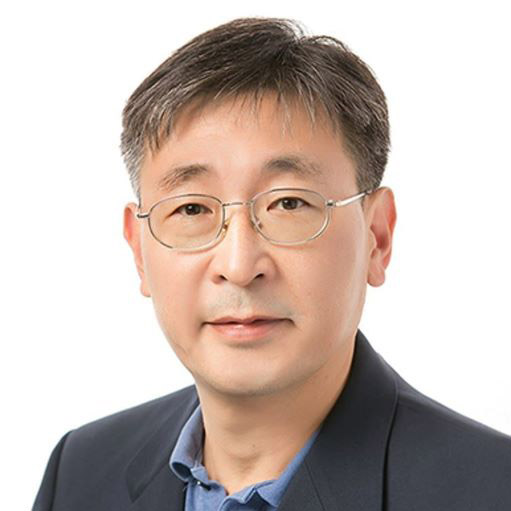
Byung Su LIM
Professor of Energy Engineering, Korea Institute of Energy Technology (KENTECH)
Byungs Su LIM is a professor at the Korea Institue of Energy Technology. He has worked in the field of superconductivity and superconducting magnets for more than 25 years. He was a former Section Leader of ITER PF Coil/CC Coil Section. He was a team leader of the KSTAR Toroidal Field magnet team. He was a team leader of procurement and test team in ITER KODA office. He worked for Samsung Advanced Institute of Technology as a responsible officer for the KSTAR superconductors. He has a Ph.D. in Metallurgical Engineering, 1998, Sungkyunkwan University, Seoul (Korea).
Professor of Energy Engineering, Korea Institute of Energy Technology (KENTECH)
3. High Energy Physics in US and Europe
- If you were asked for THE next accelerators and/or experiments needed for HEP, what would they be? No more than three!
- MT28 is a magnet conference. What is your message to the magnet community for magnet performance needs for HEP future accelerators and/or experiments?
- Which (credible) magnet development direction would provide the most support to the HEP community?
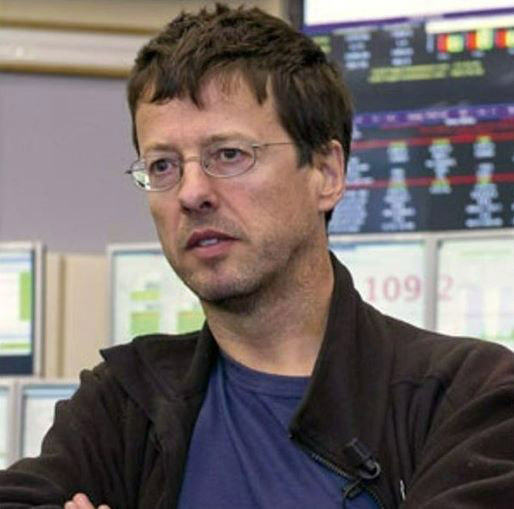
Mike LAMONT
Director of Accelerators and Technology, CERN
Mike LAMONT joined CERN as a fellow in 1989, becoming an engineer-in-charge for SPS/LEP Operations in 1991 and subsequently LEP Machine Coordinator. Following LEP, he became LHC Machine Coordinator, overseeing the preparation for the initial commissioning. From 2009 to 2016, he led the Operations group in the Beams department. In 2017, he became deputy head of the Beams department where, besides departmental duties, he co-coordinated the Physics Beyond Colliders study. In 2021, he became Director of Accelerators and Technology.
Director of Accelerators and Technology, CERN
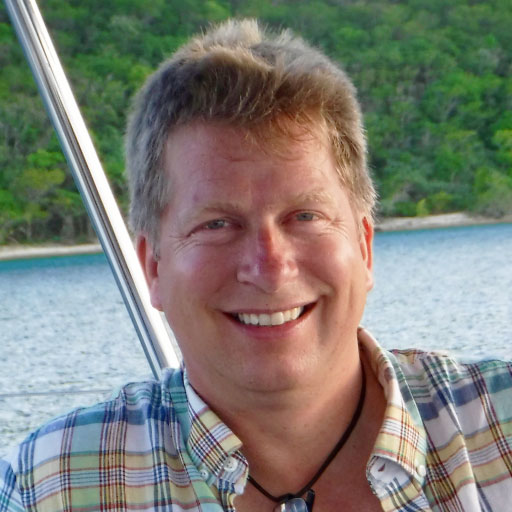
Soren PRESTEMON
Director of the Berkeley Center for Magnet Technology, Division Deputy for Technology in the Accelerator Technology and Applied Physics (ATAP) Division, Lawrence Berkeley National Laboratory
Dr. Prestemon did his early studies in mathematics and computational fluid dynamics in Grenoble, France, before completing his Ph.D. in Engineering at the National High Magnetic Field Laboratory in Tallahassee Florida. Since arriving at Lawrence Berkeley National Laboratory (LBNL) in 2001, he has contributed to the development and implementation of advanced magnet technologies for the next generation of accelerators, including both colliders and light sources. Prestemon is a senior scientist at LBNL and a fellow of the American Physical Society. He serves as the Division Deputy for Technology in the Accelerator Technology and Applied Physics (ATAP) Division at LBNL and as Director of the Berkeley Center for Magnet Technology. He leads the US Magnet Development Program, a national program within the US DOE Office of High Energy Physics focused on developing high-field accelerator magnets for next generation colliders.
Director of the Berkeley Center for Magnet Technology, Division Deputy for Technology in the Accelerator Technology and Applied Physics (ATAP) Division, Lawrence Berkeley National Laboratory
4. Very high field MRI scientific and industrial perspectives
- Exploring the Human Brain with Ultra-high Field MRI: Perspectives from the Iseult Project
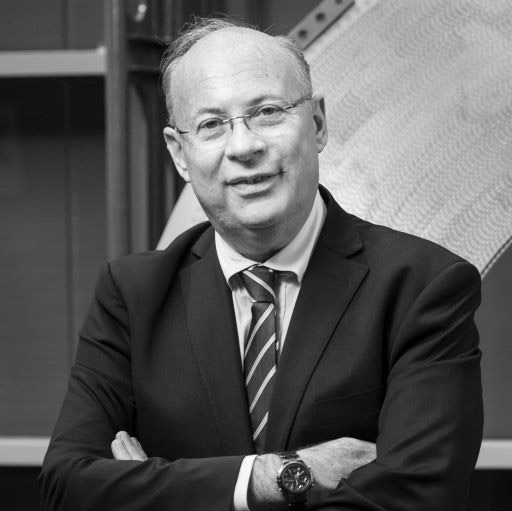
Denis LE BIHAN
Founding Director, NeuroSpin, CEA Saclay, Paris Saclay University
Denis LE BIHAN, MD, PhD, is a physician and a physicist. He founded NeuroSpin in Saclay, France, a leading institution of the CEA dedicated to ultra-high field MRI where he set and led the Iseult project (11.7T whole-body MRI). He has received many prestigious awards for his work, such as the Gold Medal of the International Society of Magnetic Resonance in Medicine, the Honda Prize, the Louis D. Award and the Louis-Jeantet Prize. Dr Le Bihan is a full member of the French Academy of Sciences, the Academy of Technologies, the National Academy of Medicine, and an Associate Member of the National Academy of Pharmacy.
Founding Director, NeuroSpin, CEA Saclay, Paris Saclay University
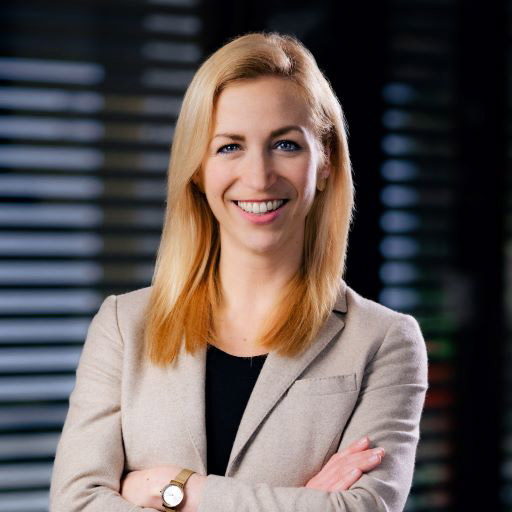
Rebecca RAMB
Vice of President Magnetic Resonance Research & Clinical Translation, Siemens Healthineers
Rebecca Ramb became Vice of President Magnetic Resonance Research & Clinical Translation at Siemens Healthineers after several years of experiences as Global Head of MR Collaborations, Product Marketing Manager, as well as several years of active MRI research in academia.
She completed her doctorate in Mathematics and MR Physics at the University of Freiburg, Germany, focusing on Parallel and Echo-Planar Imaging in MR, and was awarded with the Ferdinand-von-Lindemann prize in 2016 for her PhD thesis. Parallel to her research work, Rebecca was an elected member of the university senate, teaching MR physics as avocational training in both, the public and industrial sector. Rebecca later worked as a Post-Doctoral Fellow at the New York University Langone Medical Center, USA, focusing on MR reconstruction.
In her current role at Siemens Healthineers, Rebecca is responsible for the Ultra-High Field MR segment – recently introducing the 7T MAGNETOM Terra.X to the market, new clinical solutions across the clinical fields of MR, and the global collaboration management for Magnetic Resonance.
When she is not completely magnetized by MRI, she enjoys running, yoga, playing the piano – or hiking on high mountains.
Vice of President Magnetic Resonance Research & Clinical Translation, Siemens Healthineers
5. Alternative paths to commercial fusion
- MT28 is a magnet conference. What is your message to the magnet community for magnet performance needs for a functioning fusion reactor? Which (successful) magnet development direction would provide the most support?
- If you were asked for THE top problem to be solved on the route to commercial fusion, what would it be?
- We hear of proposals for future advanced tokamaks and DEMO/CFETR fusion reactors. How critical is the role of ITER for the success of these projects?
- How magnetic fusion can be integrated, if not already, within your national (EU, US, China) plan to solve climate and energy crisis?
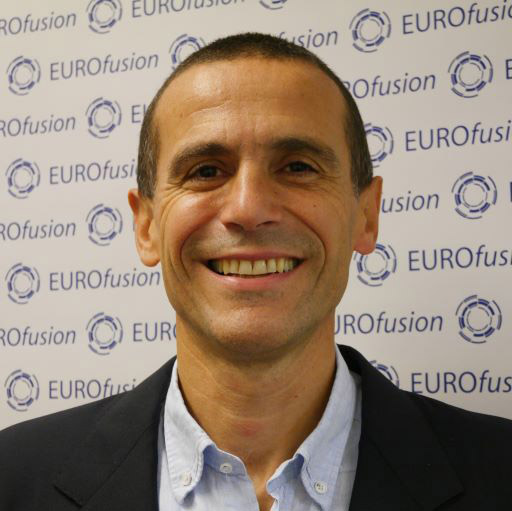
Gianfranco FEDERICI
Head of the Fusion Technology Department, EUROFusion
Gianfranco FEDERICI has 30 years of professional experience in fusion engineering and fusion reactor design and R&D, plasma-facing component design and R&D, plasma surface interactions, breeding blanket design and R&D. NET Team (1990-1992); ITER EDA Team (1993-2006); EFDA (2006-2007); Fusion for Energy (2008-2010); EFDA (2011-2013), EUROfusion (2014-today). Today he is responsible for the coordination and technical oversight of the Design and R&D efforts in Europe aimed to the conceptual design of a DEMOnstration Fusion Power Plant (DEMO). Gianfranco Federici has Ph.D. in Nuclear Engineering, 1989, University of California, Los Angeles (USA), Master Degree in Nuclear Engineering, 1988, University of California, Los Angeles (USA); Degree in Nuclear Engineering, 1985, Polytechnic of Milan, (Italy).
Head of the Fusion Technology Department, EUROFusion
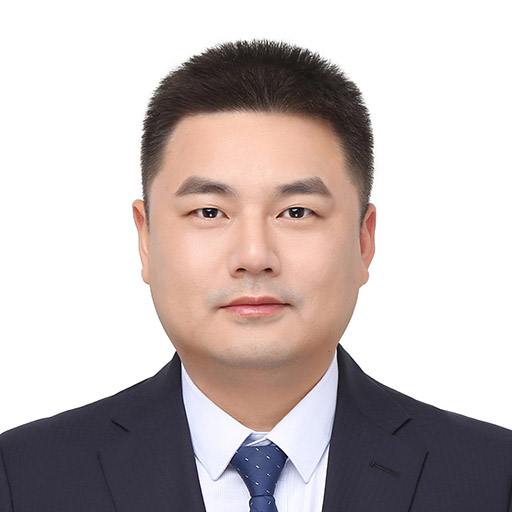
Jinxing ZHENG
Head of Fusion Engineering Research Division of Institute of Plasma Physics, Chinese Academy of Sciences
Dr. Jinxing Zheng is engaged in the research of superconducting magnet technology for nuclear fusion device, and he currently works as the head of Fusion Engineering Research Division of Institute of Plasma Physics, Chinese Academy of Sciences (ASIPP). He received Ph.D. degree from University of Chinese Academy of Sciences. His research work focus on the key technology of large-scale superconducting magnet system of fusion device in China such as KTX, CFETR, CRAFT project and so on.
Head of Fusion Engineering Research Division of Institute of Plasma Physics, Chinese Academy of Sciences
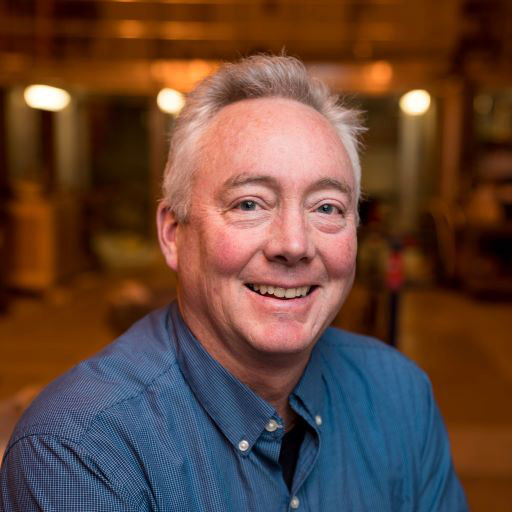
Dennis WHYTE
Director of Plasma Science & Fusion Center, Massachusetts Institute of Technology. Professor of Engineering, Hitachi America
A recognized leader in fusion research, especially in the magnetic confinement of plasmas, Whyte has paved an innovative and faster path to producing fusion energy. He leads the fusion project, SPARC — a compact, high-field, net fusion energy fusion device — in collaboration with private fusion startup Commonwealth Fusion Systems (CFS). The core of the SPARC project was formed over eight years ago during a design course led by Whyte to challenge assumptions in fusion. Many of the ideas underpinning the high-field approach — including the use of HTS for high-field, demountable magnets, liquid blankets, and ARC (a fusion power plant concept) — have been conceived of or significantly advanced in his design courses. Whyte has over 350 publications, is a fellow of the American Physical Society, and has served on panels for the National Academies, the United States government, and the Royal Society. In 2018, Whyte received The Fusion Power Associates (FPA) Board of Directors Leadership Award which is given annually to individuals who have shown outstanding leadership qualities in accelerating the development of fusion. Whyte earned a B.Eng from the University of Saskatchewan, and an MS and PhD from Université du Québec.
Director of Plasma Science & Fusion Center, Massachusetts Institute of Technology. Professor of Engineering, Hitachi America

